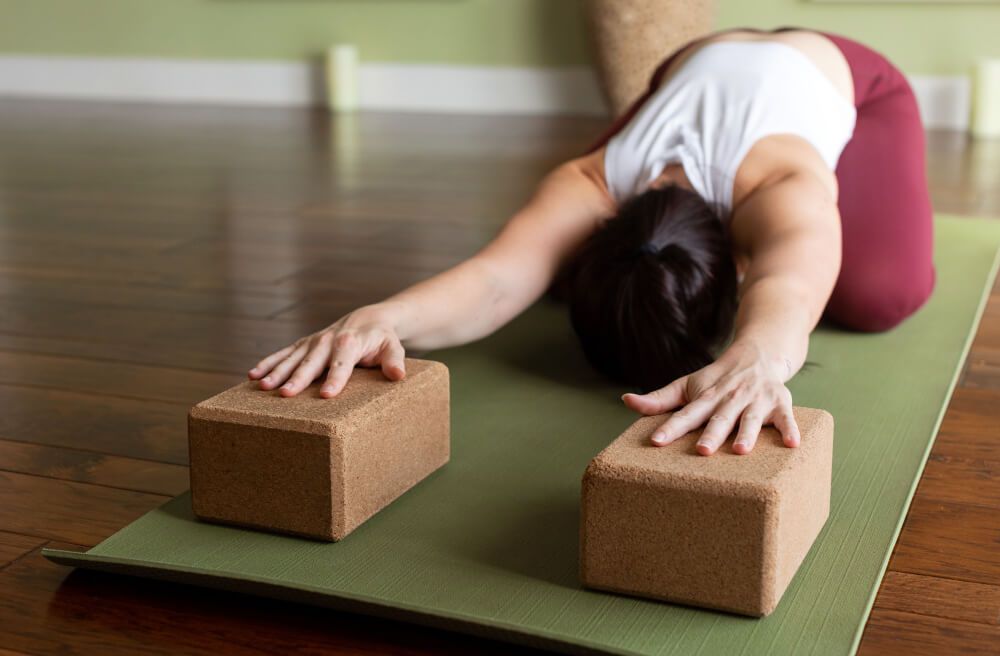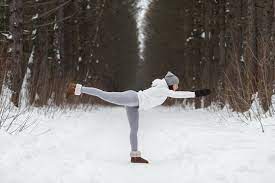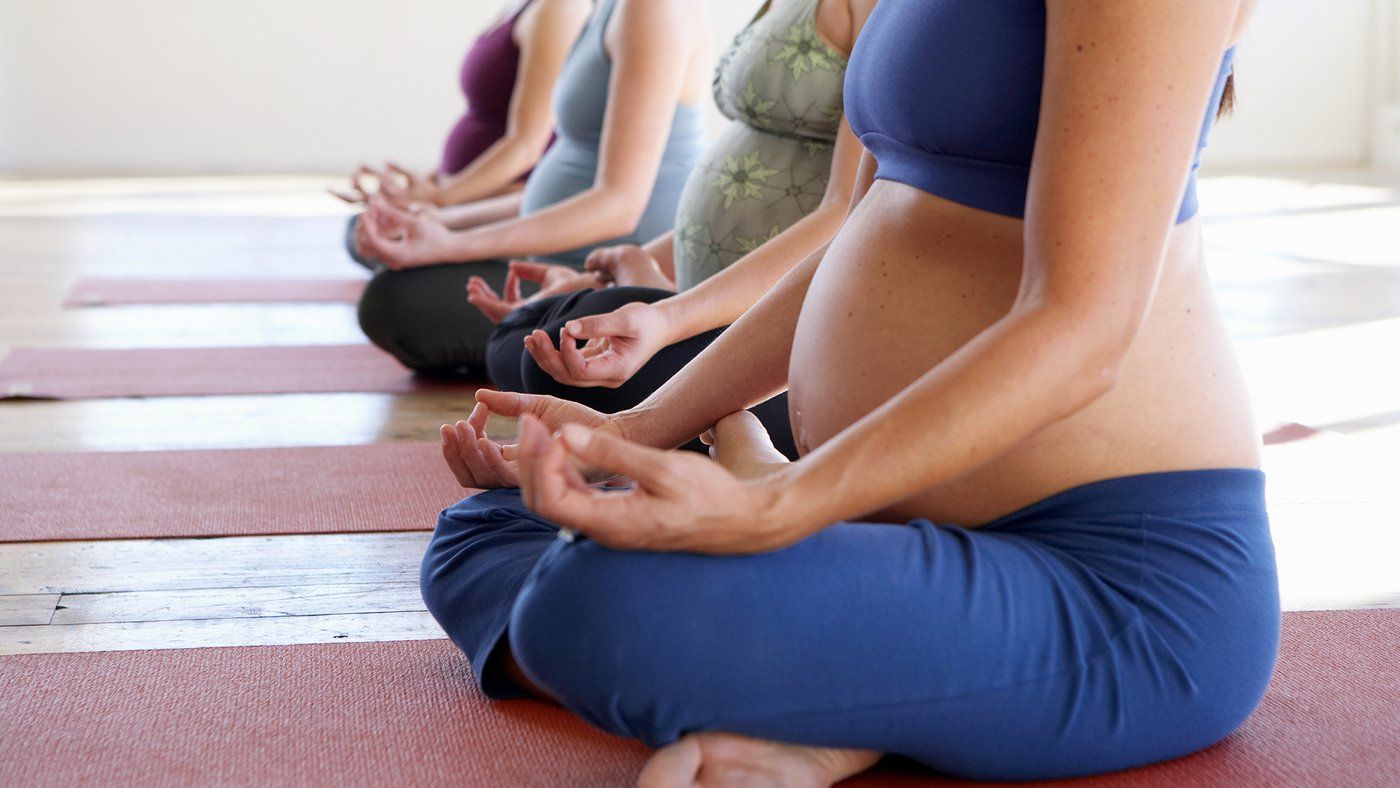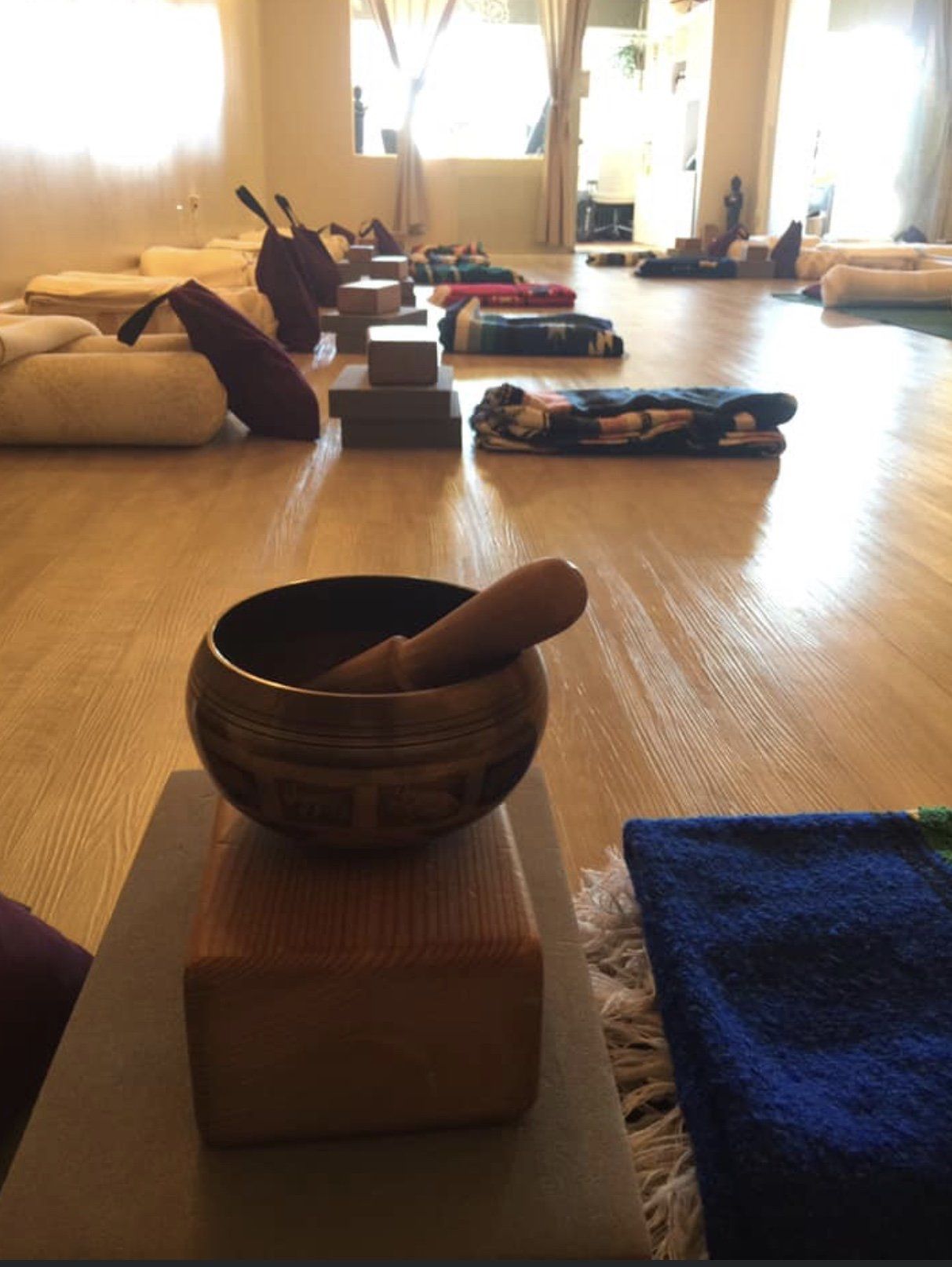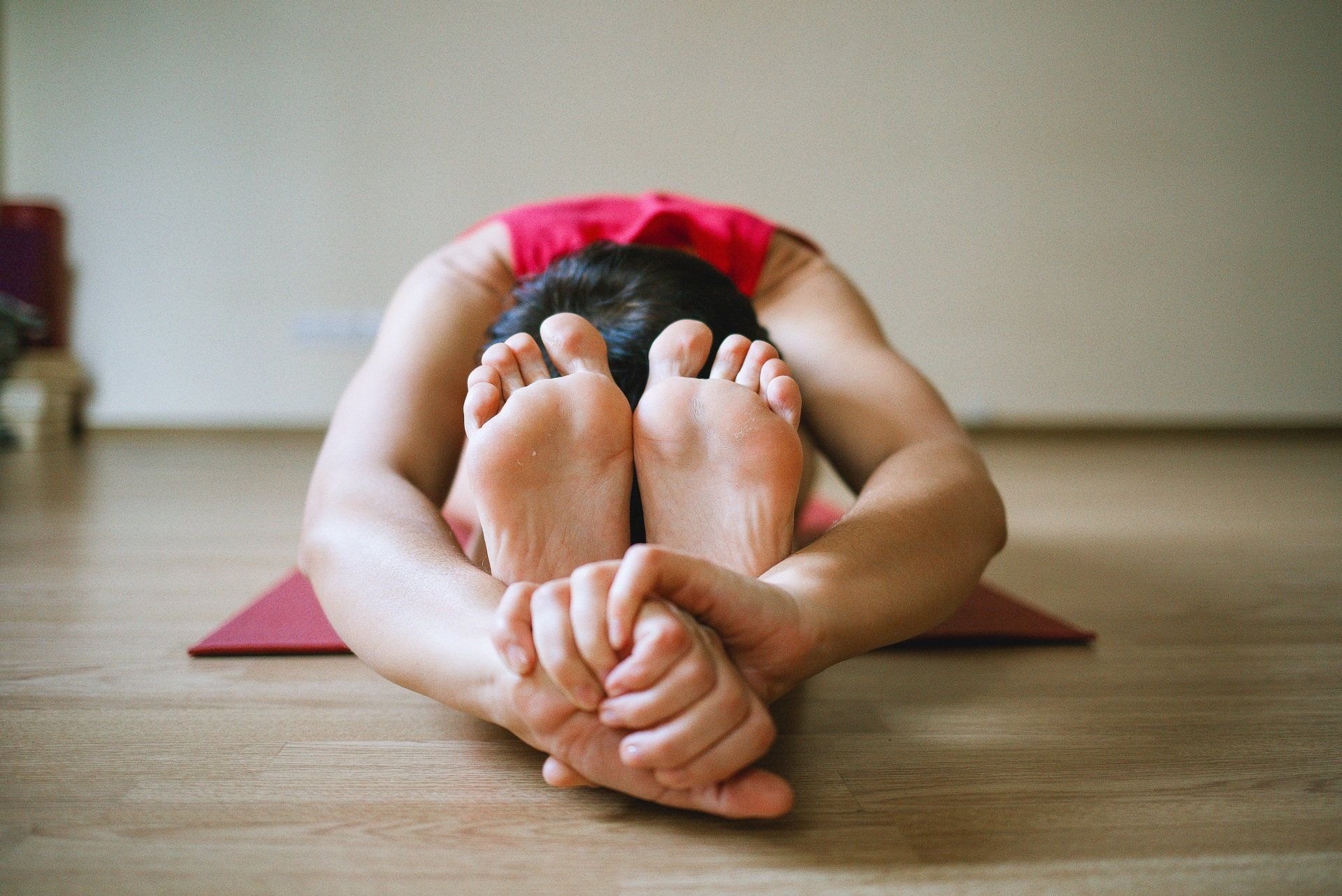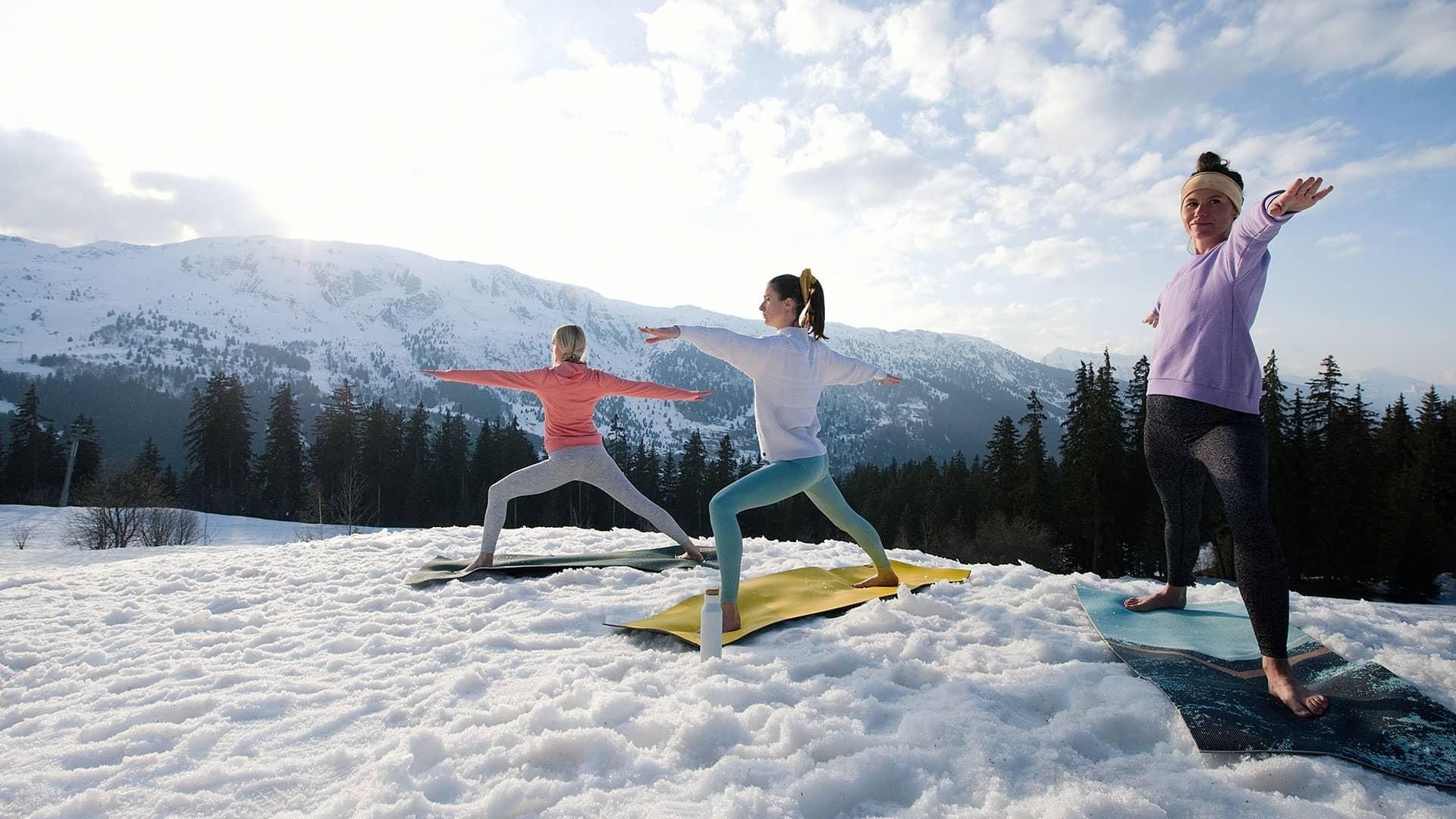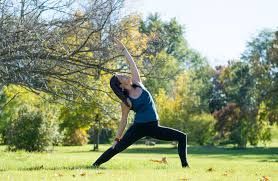An innovative approach
- By GERT VAN LEEUWEN
- •
- 15 Oct, 2018
- •
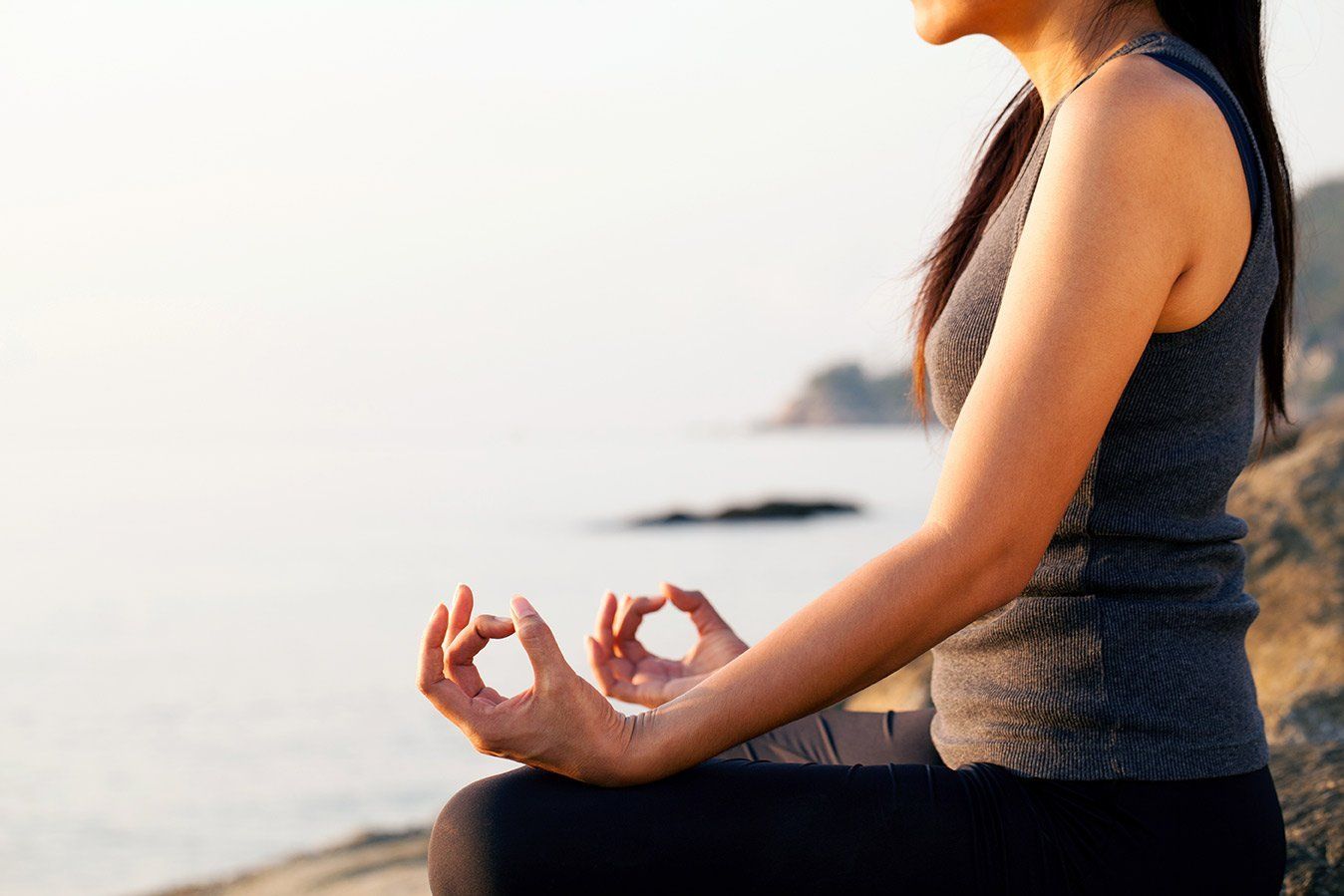
Bridging science and tradition
A good life starts in the spine
Over time, we all become increasingly crooked, as residual tensions slowly push and pull heads, necks and backs out of alignment. We take these tensions with us to work, and they are there when we socialize, sleep, or exercise. Our back and neck accompany us everywhere and their unconscious patterns of holding ensure that we continuously operate in a state of tension, regardless of what we may be doing. Even when we are doing yoga.
Through Critical Alignment Yoga, students discover how stiffness and a lack of stability in the back influence body and behavior, in yoga and daily life. The precision with which CAY isolates and identifies the physical source of problems, in turn brings students face to face with the ambitions and negative emotional patterns underlying their pain and tension.
In his book, Yoga: Critical Alignment (Shambhala Publications, 2013) Gert van Leeuwen explains how the consequences of structural stress form a serious threa to our health.
On a physical level, stress causes a range of problems related to an increasingly rigid spinal column. Not only back problems, but also other seemingly unrelated parts of the body can end up with symptoms whose origin lies in the spine.
On an energetic level, important emotional centers (heart & abdomen) can become so blocked as to restrict our ability to experience relaxation or a sense of inner spaciousness. With the gradual loss of a warm and positive connection to the body, emotional lives become increasingly dominated by anxiety, stress and depression.
Van Leeuwen has developed an innovative model of teaching, a new form of yoga therapy, and a range of technical tools to help restore strength and mobility to the spinal column, with far-reaching consequences.
The CAY didactic model and therapeutic approach are comprehensive and thorough methods for achieving results in the complex mind-body problem of stress and its multiple layers of impact, starting with loss of mobility and alignment in the spine. Van Leeuwen’s method features a structured, sequential approach to releasing stress and tension from the body’s more superficially located movement muscles while building strength and increasing mobility in the deeper postural muscles. Lessons are structured around a theme – for example a particular asana – and then carefully sequenced using the movement ‘chains’ or sequences that Van Leeuwen developed to bring the body steadily deeper into the posture.
This process is further enabled by the innovative range of tools that Van Leeuwen has created that help to penetrate complex body structures where deep residual tensions are situated. These include a rubber ‘strip’, a wooden arch, a headstand frame, a rectangular rubber ‘block’ and a felt mat. Around the world, Van Leeuwen’s tools are received with surprised enthusiasm by students for whom they make an essential and welcome point: it is truly possible to restore movement and space, even to the hard to reach spots!
The result? Profound and sustained release in patterns of tension along with an unparalleled development of core strength.
Finally, the meditative approach of CAY aims to restore a positive connection between mind and body and to bring this into daily life. This is achieved by connecting a meditative consciousness and relaxation to an active asana practice. Van Leeuwen believes that willpower is associated with tense behavior and that movement initiated by willpower actually tenses the very mucsles that we want to learn to relax. By relaxing these muscles and instead activating the deeper postural muscles, students are able to release tension and build strength at the same time, literally learning to relax through movement, and bringing a meditative quality to asana practice.
WHAT IS NEW ABOUT CRITICAL ALIGNMENT YOGA?
CAY has been developed from an intensive study of both traditions and the science of movement
In his more than 400-page book, Van Leeuwen provides this background along with a comprehensive, illustrated description of the method
2. New insights into the body
The development of 11 movement ‘chains’ or sequences in the body from which any asana can be constructed
The notion that the upper back should be straight
The re-connection of movement and relaxation through the distinction and differential use of postural and movement muscles
3. New insights into teaching
A new and comprehensive ‘problem-oriented’ didactic model
Effective teaching methods for creating a strong link between active yoga and meditation, and for integrating practice with daily life
The initiation of movement from a state of relaxation instead of using willpower
A systematic and structured approach to the content of each lesson, in which each element forms a coherent part of a larger plan
4. New tools
The use of unique and ingenious tools that enable mobilization of inaccessible parts of the body
5. New therapy
CAY therapy is a logical extension of the yoga method, requiring an additional year of teacher certification. Research on the effectiveness of the therapy is underway
IN THE WORDS OF ONE STUDENT
‘I was introduced to Critical Alignment after years of classes in Hatha, Ashtanga, and several other styles. At first I had to get used to the completely different style of lessons. It was so ‘chilled out’, none of the huffing and puffing I was used to, but I felt great at the end! Three years later, I can say that CAY is the deepest and most effective yoga form I have ever experienced. It is a precise and intensely, painstingly thorough method. Building and reworking physical patterns from the ground up, regular practice has brought about permanent and fundamental changes in my body, replacing chronic pain, stress and tension with spaciousness and core strength. The classes are calm and relaxed, yet I have somehow managed to develop the strongest core I’ve ever had in my life. Sometimes we take an entire class just to build up one asana, but that asana is likeI’ve never felt it before, suddenly it makes complete sense, everything is in place and feels so right, yoga has never gone this deep.’
Amsterdam, Katie-Lee Weille


